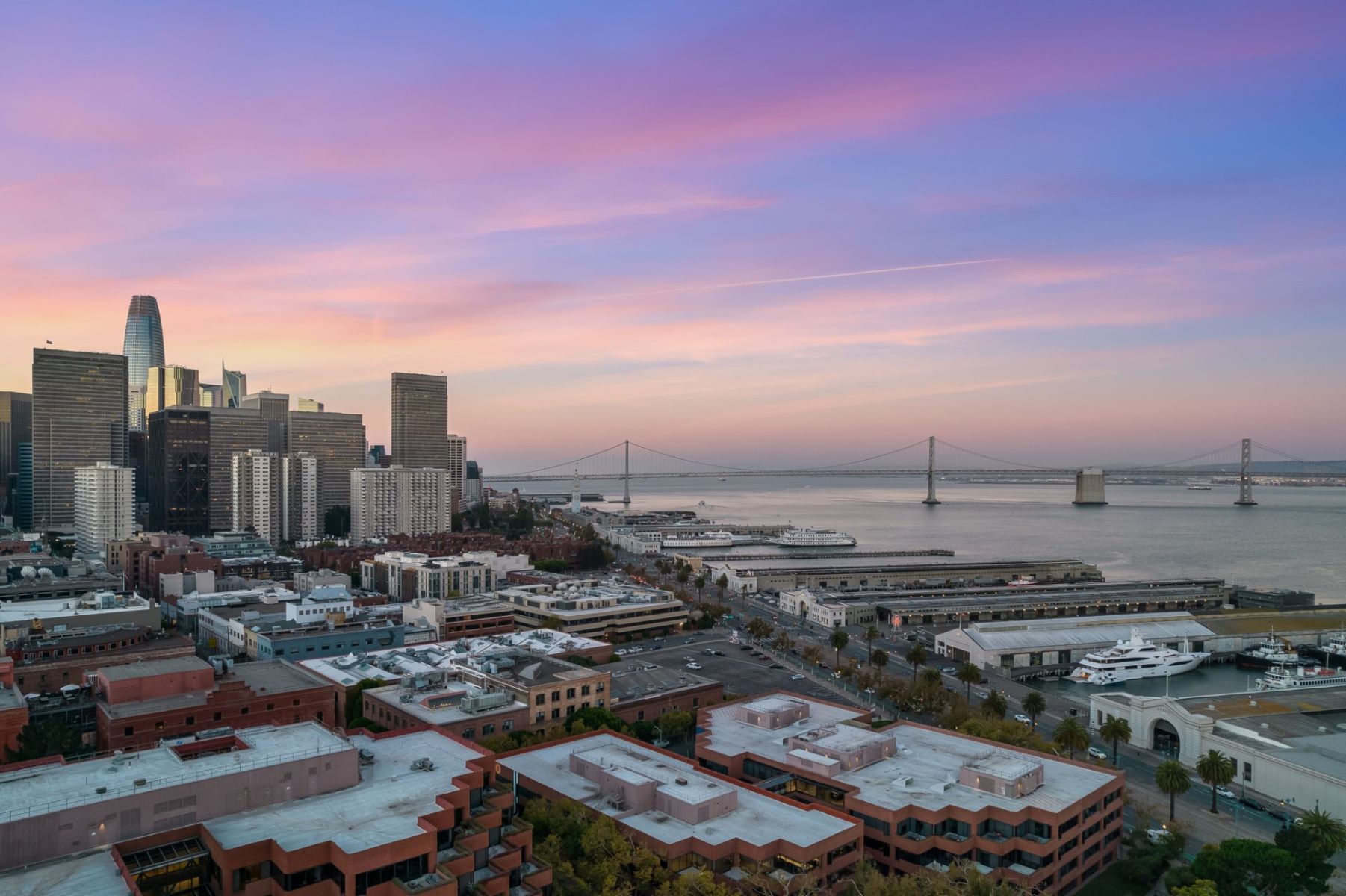San Francisco’s Hidden Liquefaction Zones

San Francisco, known for its iconic Golden Gate Bridge and vibrant culture, has a lesser-known geological challenge: liquefaction zones. These areas, scattered across the city, can turn solid ground into a quicksand-like state during earthquakes. Understanding where these zones are located is crucial for residents, builders, and anyone planning to move to or invest in the city. This knowledge helps in making informed decisions about safety and property investments. In this post, we'll explore what liquefaction is, why it matters, and how to identify these zones in San Francisco. Stay tuned to learn more about this hidden aspect of the city's landscape.
What is Liquefaction?
Liquefaction happens when loosely packed, water-logged sediments lose their strength due to shaking, like during an earthquake. This can cause the ground to behave like a liquid, leading to significant damage. San Francisco, known for its seismic activity, has several hidden liquefaction zones.
Why Should You Care?
Understanding these zones is crucial for safety and urban planning. Knowing where these areas are can help residents and city planners make informed decisions about building and emergency preparedness.
Hidden Liquefaction Zones in San Francisco
1. Marina District
The Marina District, famous for its picturesque views and historic homes, sits on reclaimed land from the 1906 earthquake rubble. This area is highly susceptible to liquefaction due to its loose, sandy soil.
2. South of Market (SoMa)
SoMa, a bustling neighborhood known for its tech companies and nightlife, is another area prone to liquefaction. The soil here is a mix of sand and clay, making it vulnerable during seismic events.
3. Mission Bay
Mission Bay, a rapidly developing area with new condos and biotech companies, is built on filled land. This makes it one of the most at-risk zones for liquefaction in the city.
4. Treasure Island
Treasure Island, an artificial island in the San Francisco Bay, is particularly vulnerable. The island's man-made nature and sandy soil composition make it a high-risk area for liquefaction.
5. Embarcadero
The Embarcadero, a popular waterfront area with piers and tourist attractions, is built on filled land. This makes it susceptible to liquefaction, especially during strong earthquakes.
6. Hunters Point
Hunters Point, an area undergoing significant redevelopment, is another zone at risk. The combination of reclaimed land and loose soil makes it prone to liquefaction.
7. Bayview-Hunters Point
Bayview-Hunters Point, a neighborhood with a mix of residential and industrial areas, is built on soft, water-saturated soils. This increases its vulnerability to liquefaction.
8. Financial District
The Financial District, home to many of the city's skyscrapers and businesses, is also at risk. The area’s soil composition includes a mix of sand and clay, making it susceptible during earthquakes.
9. Potrero Hill
Potrero Hill, known for its stunning views and residential charm, has areas built on filled land. This makes parts of the neighborhood vulnerable to liquefaction.
10. Fisherman's Wharf
Fisherman's Wharf, a major tourist destination, is built on land reclaimed from the bay. The loose, sandy soil here makes it another high-risk area for liquefaction.
Understanding these hidden liquefaction zones can help residents and city planners prepare for future seismic events, ensuring safety and resilience in San Francisco.
Understanding San Francisco's Liquefaction Zones
Knowing about San Francisco's hidden liquefaction zones is crucial for anyone living in or visiting the city. These areas are prone to significant ground movement during earthquakes, which can lead to severe damage. Being aware of these zones helps in making informed decisions about where to live, work, or invest.
Homeowners and renters should check if their property is in a liquefaction zone. This knowledge can guide you in taking necessary precautions, like reinforcing structures or securing earthquake insurance.
City planners and developers also need to consider these zones when designing new buildings or infrastructure. Proper planning can mitigate risks and ensure safety.
Staying informed about these zones not only protects property but also saves lives. Understanding the risks and preparing accordingly makes San Francisco a safer place for everyone.

